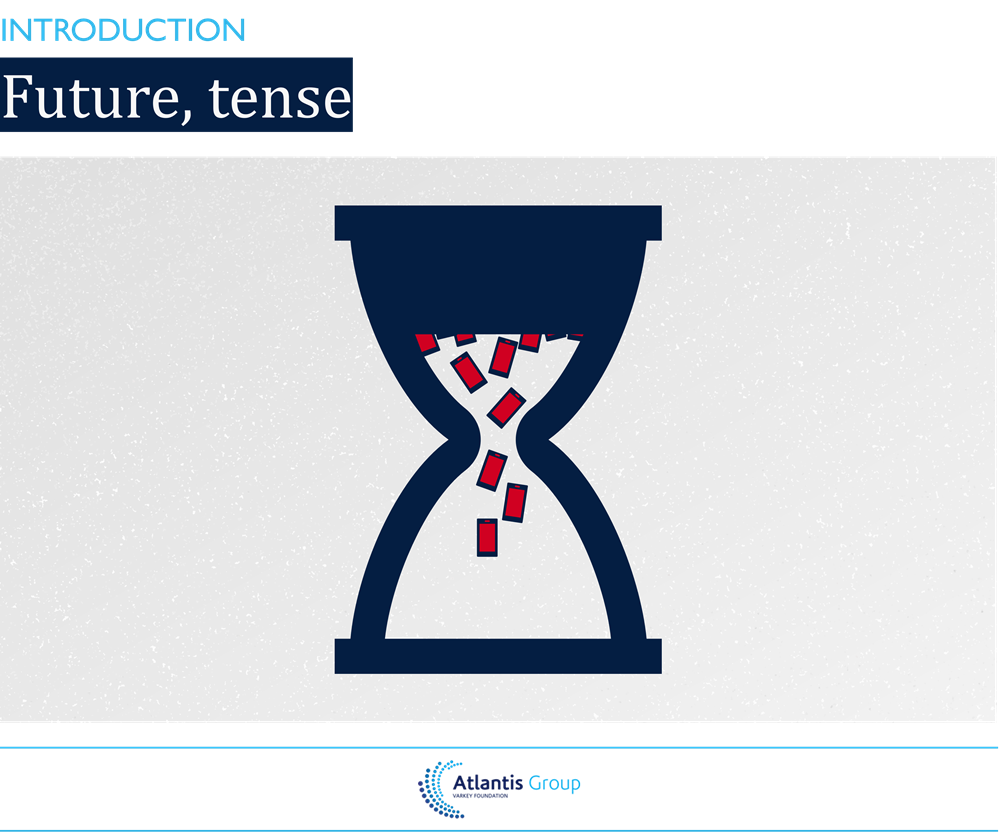
TODAY’S SMARTPHONES are more powerful than many of yesterday’s supercomputers. By one estimate, processing power has increased by a trillion fold since the 1950s.[1] More people are also online than ever before. Twenty years ago, less than 5% of the world’s population used the internet. Today, over half of it does.[2] As technology becomes ever more powerful, its impact on our global society is growing. So far, it has struggled to deliver at scale on education. Tomorrow’s learning technologies may be a different story.
Ministries of education can no longer ignore the transformative power of technology. The global spread of digitisation, automation and mass communication is fundamentally changing the demand for skills in labour markets across the world.[3] The classroom and curricula cannot remain offline and off-limits to technological advancements. In practice, digital technology is already a fact of life in much of education – for better or worse. Over half of teachers polled by the OECD in 56 countries and economies reported that they frequently let students use ICT for projects or class work.[4]

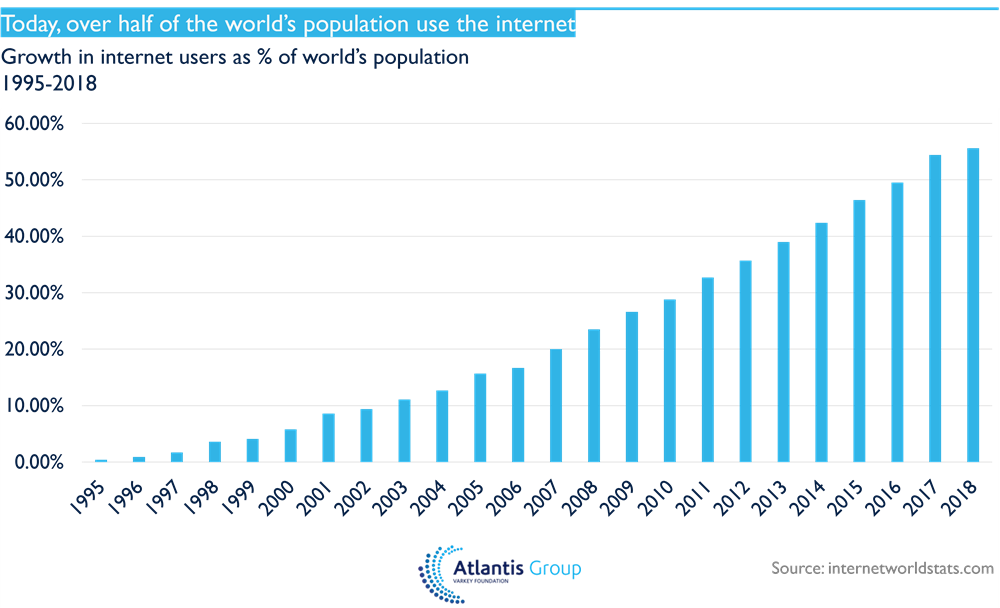
But today, most traditional educational models either operate offline or incorporate technology as an add-on or retrofit. This approach, now decades old, is failing to deliver the skills and competencies needed for young people to compete in the global workplace. Research in 28 OECD countries has found that over 50% of adults have next to no ICT skills at all.[5] Learners are leaving school ill-equipped to navigate a world where technology is ubiquitous.
It therefore seems increasingly redundant to ask whether technology has a place in the classroom. The question is, what should its role be? That is where “EdTech 2.0” comes in. A wave of new, increasingly advanced educational technology is already arriving in markets around the world. Policymakers at all levels should recognize its power both to reshape and to disrupt education systems.

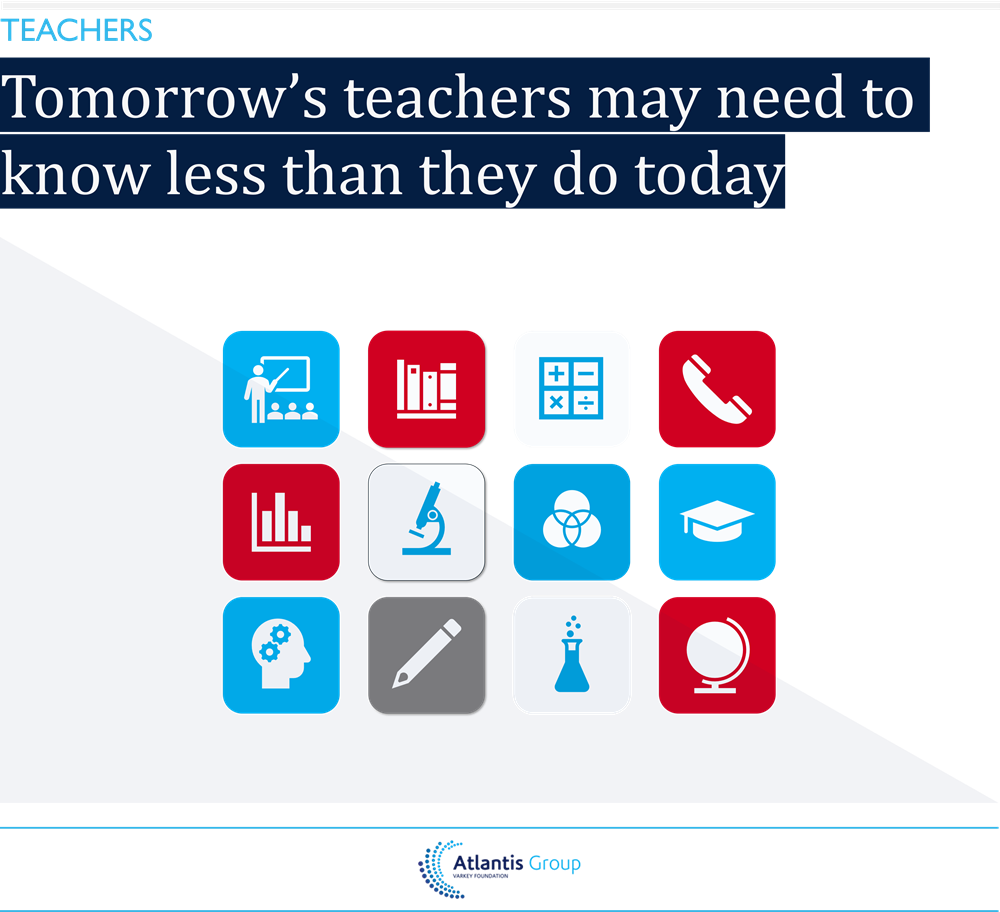
Today, any learner with access to the internet has instantaneous access to information on any subject taught in a classroom. But bits and pieces of information, of course, are not knowledge – that still requires a guide and a continuum and curation of learning that only teachers can provide. The internet can show you almost anything you want to see. But it can’t replace a teacher who can tell you what it all means, and how it fits together. To do that, good teachers need to have a thorough understanding of their subjects. As one Atlantis Group member has said, simply: “Good teachers need to know a lot.”
But such teachers are also in short supply globally. Around the world, many teachers lack a solid foundation of their subjects or enough pedagogical knowledge to do their jobs. This in turn is fuelling a global learning crisis. Today, six out of 10 children and adolescents around the world are not learning the minimum in reading and mathematics, according to UNESCO.[6] The majority are in low-income countries in Asia and Sub-Saharan Africa. Despairing governments are increasingly turning to technological solutions to supplement their teachers’ knowledge and skills. Such moves have often proved controversial. But they are likely to remain a key trend for the future.
There are a range of different models in use. One effective approach, deployed by the Varkey Foundation in Ghana, uses satellite technology to broadcast high-quality, interactive lessons from qualified teachers into remote classrooms.[7] The programme’s initial results have been promising, with gains in literacy and numeracy among girls from disadvantaged communities. In a world without enough good teachers, such technology offers today’s education ministers a limited workaround. But it’s still based on the fundamental principle that technology can only augment good teaching, and not replace it. Information in these models is still delivered by teachers, not technology.
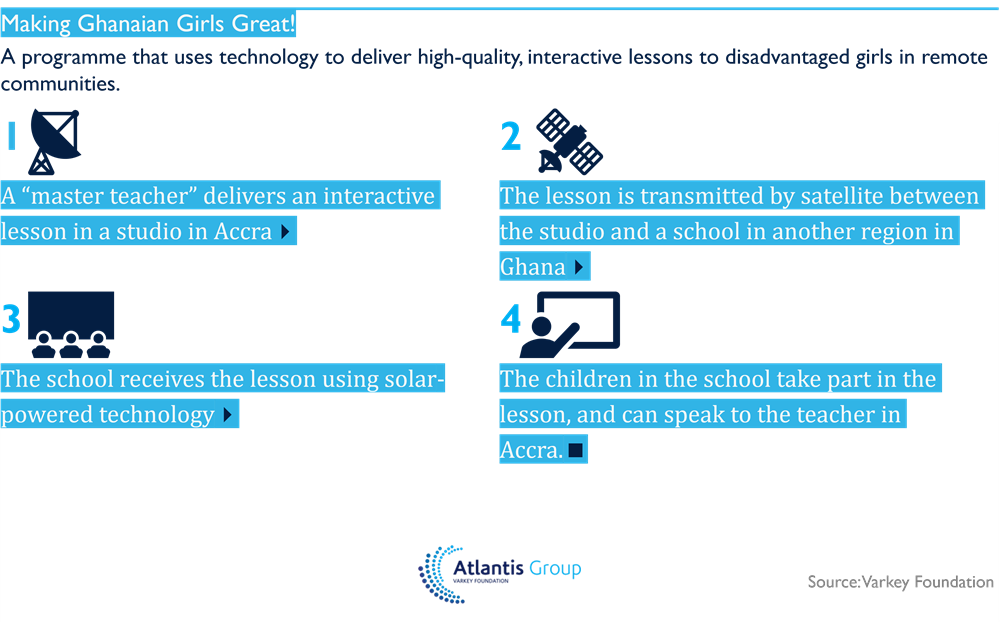
The future may turn that principle on its head. The OECD, for example, has argued that the job of a teacher needs to change from that of imparting information. Instead, some researchers argue, the role of the teachers should be to coach their students through the broad spectrum of knowledge, skills, values and attitudes demanded by the 21st Century.[8]
If this shift happens, it will be enabled by technology. One academic who spoke to the Atlantis Group predicted that educational technology will eventually relieve teachers of this “knowledge burden”. Instead, they argued, learners will access information autonomously relying on technology – and teachers will coach learners through the process. In the future, the expert said, the best teachers may be mentors, rather than information-banks. Or, as the expert put it, “Your PE teacher could teach your physics.”
This prediction is controversial – and it’s strongly contested by some members of the Atlantis Group. Such a fundamental shift, if it does happen, may still be far away. It looks unlikely that robots will replace teachers any time soon. What is clear, however, is that learning technologies will be able to augment effective teaching. Technology will be able to help teachers to be more creative, accessible and evidence-led. That in turn may be increasing important in a world in which society is asking teachers to fulfil more and more roles in the lives of children and young people.
Around the world, governments are increasingly foisting additional responsibilities on teachers. Today, teachers are already expected to address issues such as global citizenship, digital literacy, climate change, and even weapons in schools. As learning tech proliferates, teachers may increasing come under pressure to act as curators and quality control for digital content. Governments should recognise that this will place additional pressure on an already over-stretched profession. EdTech should enable the work of teachers, rather than represent an additional responsibility amid a myriad of others.
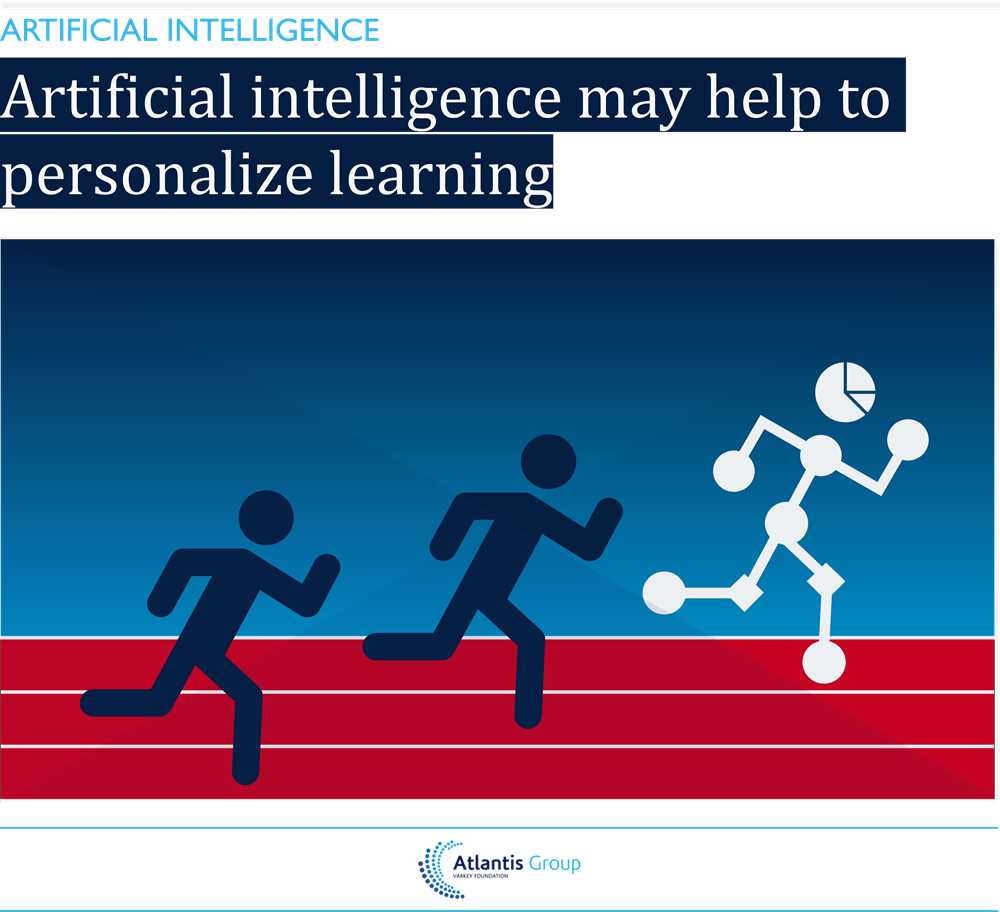
We are being watched. Artificial intelligence is increasingly being deployed across different sectors. In return these programmes curate our personal lives, sorting our news timelines and arranging our photos, making music recommendations, and suggesting what time we should leave to beat the traffic. Behind the scenes, this technology is increasingly taking over day-to-day decision-making in industry and business; investing in stocks, replenishing supermarket shelves and even identifying criminal suspects. What could this technology do for education?
Many EdTech experts who spoke to the Atlantis Group argued that the future of education lies in “personalized” learning programmes driven by artificial intelligence. Such technology gathers data about a learner’s performance over time, and suggests different interventions to help them improve. As one developer put it:
“With our system you create a tailored, unique learning experience optimised by student needs. We’re using deep neural networks that map the knowledge state and goals of a student.”
But understanding what artificial intelligence actually knows about students’ learning is complicated. And pinning down what personalization actually means in terms of education can also be difficult. When asked by the Atlantis Group, expert contributors offered a range of different definitions. One stated: “It’s around creating personalized learning paths through competencies.” Another argued that personalization is: “a learning process that adapts your strengths.” A third noted that the purpose of personalized learning is simply to deliver “the right lesson to the right student at the right time.”
All three examples may serve as working definitions for the developers – and for the people using the products. But all also speak to different ideas of what personalization is. As one Atlantis Group member reflected:
“The world ‘personalization’ was the most frequently used idea for what a system might look like in the future, but people seemed to use it to talk about individualization, while all of us around this table [the Atlantis Group] think of learning as a social process.”
But a personalized approach does have promise. It’s a well-established principle that effective education systems should make sure that the teaching considers the level of the student. In practice, however, it is difficult to do this for each and every student in the system. In many systems just a fraction of learners are able to keep up with the curriculum, and most others fall behind.[9] Personalization technology offers a range of powerful new diagnostic tools to help keep learners and teachers on pace. At scale, it could help ministers to understand how learners across the country are keeping up with the curricula.
Such technology may be a particularly powerful approach for remedial or supplementary learning, to help the weakest and most disadvantaged learners keep up with the curriculum. But such an approach still requires the intervention of a teacher, to ensure that students are actually learning instead of just passing badly designed routine tests. Policymakers will need also to work to ensure that such technology serves the learner as a whole, based on a comprehensive curriculum. As one Atlantis Group member argued:
“Personalized teaching is only good up to a point, because we don’t want students to learn [only] what they want; we want them to have a basic knowledge of language, history, et cetera. Personalized knowledge should be a way of helping to progress through the curriculum with some flexibility.”
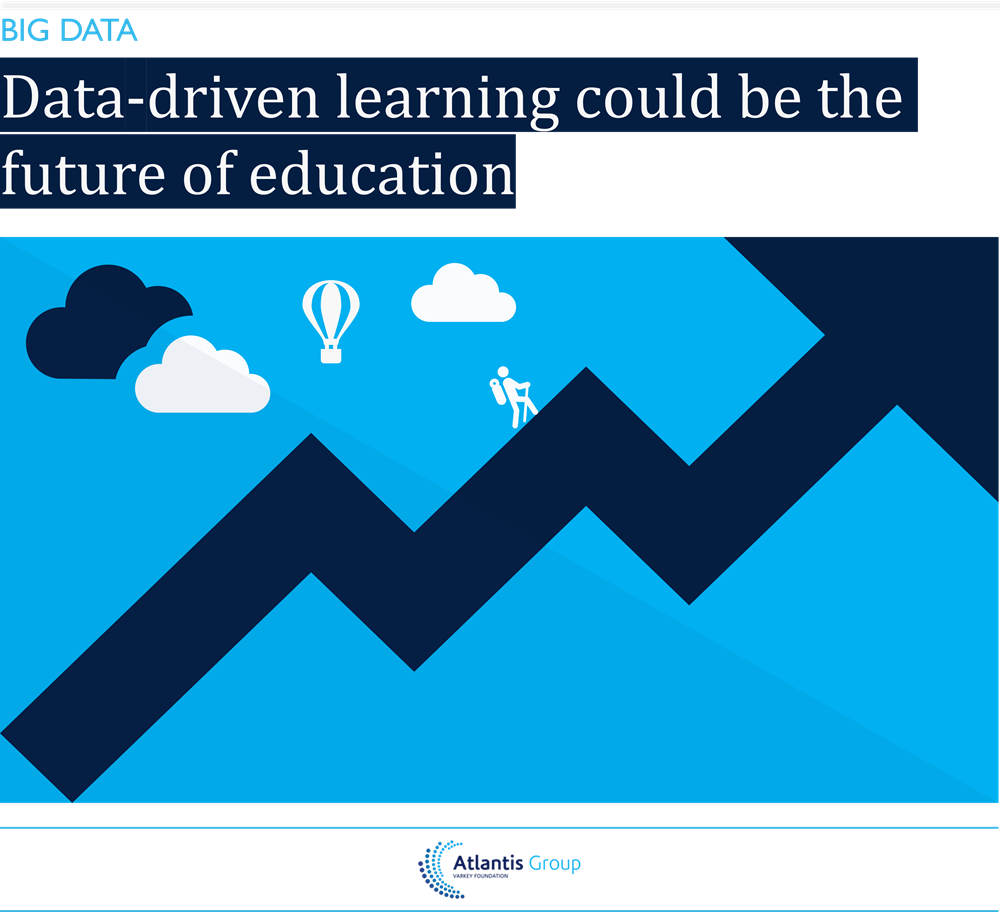
 Our digital world is built on data. Big data has transformed the way we do business, and the ways that industry works. The market for such data will reach $189 billion, this year according to a forecast by the International Data Corporation. The organization predicts the market will be worth over $274 billion by 2022.[10]
Our digital world is built on data. Big data has transformed the way we do business, and the ways that industry works. The market for such data will reach $189 billion, this year according to a forecast by the International Data Corporation. The organization predicts the market will be worth over $274 billion by 2022.[10]
Around the world, business and industry are moving to take advantage of the windfall of information on consumers. A major survey of employers by the World Economic Forum found that 85% expect to use big data analytics by 2020.[11] The sheer amount of available data now goes far beyond what most organizations are able to meaningfully process. A recent study by McKinsey Analytics found that many business and IT leaders were increasingly overwhelmed by the volume and variety of data.[12]
What will the rise of big data mean for education? Many education systems around the world still struggle to gather basic data around the quality of learning. To some extent, this is a problem that the international community is already working to address. In July 2019, for example, UNESCO and the World Bank announced a partnership to strengthen assessment systems and measure learning.[13] But for the time being few education systems have the quality and quantity of data they need to deliver truly data-driven learning. Today, the leaders of international businesses have an extraordinary array of data and analytics at their fingertips. Many national policymakers, by comparison, are still forced to work in the dark.
EdTech may eventually offer a solution. As learning technologies grow across systems, they will give policymakers and teachers alike access to more and better data on their learners. Today’s EdTech is already offering a glimpse at the possibilities, from what happens in the classroom to national assessments. But these are still only glimpses. And much of the data that today’s tech provides are not interoperable: they can’t be shared or compared across different systems of learning. For a ministry of education, it’s a kaleidoscope of different data rather than a coherent picture.
For today’s education ministers, then, the emergence of AI and growth of digital data represent an unprecedented opportunity. It is also an enormous ethical and logistical challenge. Unregulated, AI deployment and data collection carry enormous risk. Personalization programmes, for example, work by harvesting the data of their users. They can collect an extraordinary wealth of data on learners, from their vital statistics, to their learning performance, behaviours and even physical location.
As the use of such technology expands, it is generating unprecedented amounts of data on learners around the world. Governments and tech companies have a commensurate responsibility to make sure that this data isn’t misused or mislaid. The growing number of public and private stakeholders involved in data collection and analysis of learners raises enormous ethical concerns. As does putting the delivery of learning in the hands of AI-powered programmes.
Education ministries should therefore ensure sufficient regulation and standards exist to protect the right to privacy of learners – in particular children and young people. International law and standards set out three basic tests on mass digital data collection: necessity, proportionality and legality. In other words, EdTech should not be able to collect more data than what’s required to complete the learning specific task it’s designed for. The gathering of that data should be proportionate to the intervention required. And it should be subject to procedural safeguards and effective, independent oversight.[14]
Learners should have the protection of the law against arbitrary interference with their privacy. At a minimum, this should mean that tech companies cannot collect more data than is needed. They should not be able to retain it beyond reasonable limits. Nor should they be able to convey or sell such data on to other companies or governments.
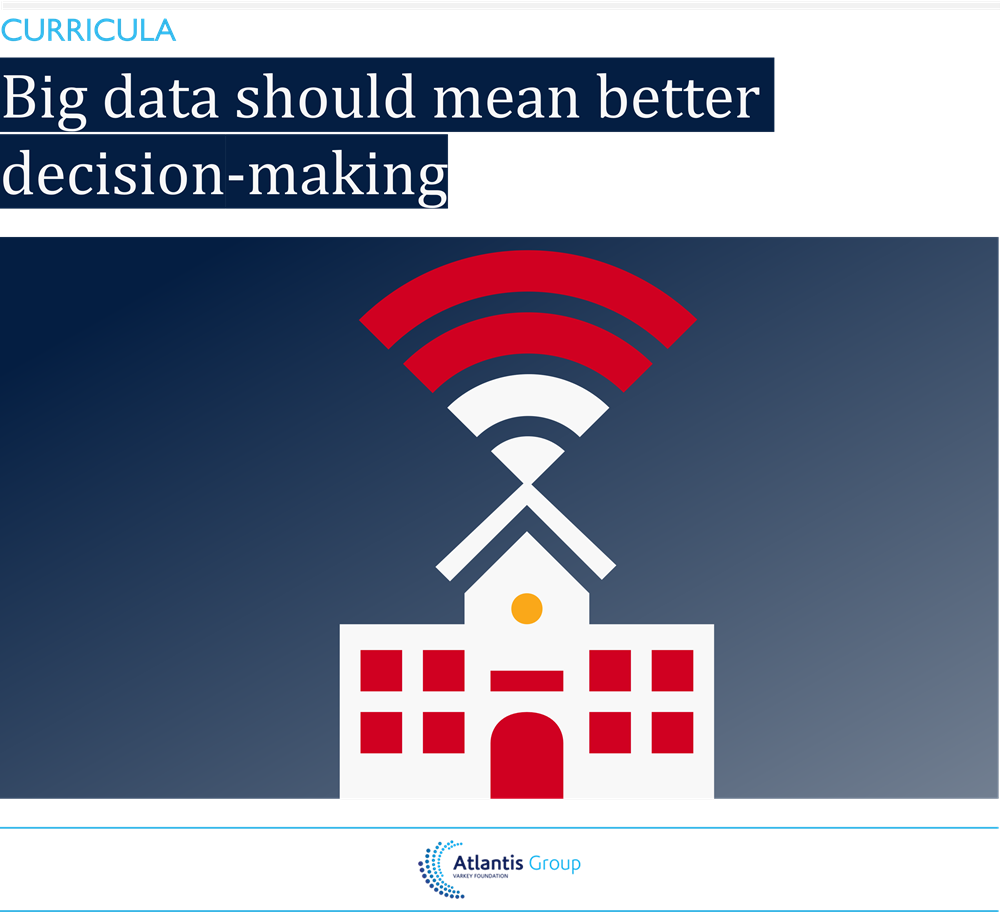

It can take a long time for an education reform to reach the classroom from the cabinet office. In practice, however, most education ministers have little idea what these reforms actually accomplish. OECD countries adopted no less than 450 education reforms between 2008 and 2014. Just 10% were evaluated for their impact.[15]
Many education ministers come into office with big changes in mind. But they have little information about how their strategies are playing out from day to day in classrooms around the country. By the time that such systematic data on learning outcomes does become available, such as through national examinations, it’s often too late to change anything. As one EdTech expert told the Atlantis Group:
“Every time an education system has attempted to redesign its curriculum they would assume that it’s a long term-solution. But in reality, things are changing fast. We need to make curricula adaptive.”
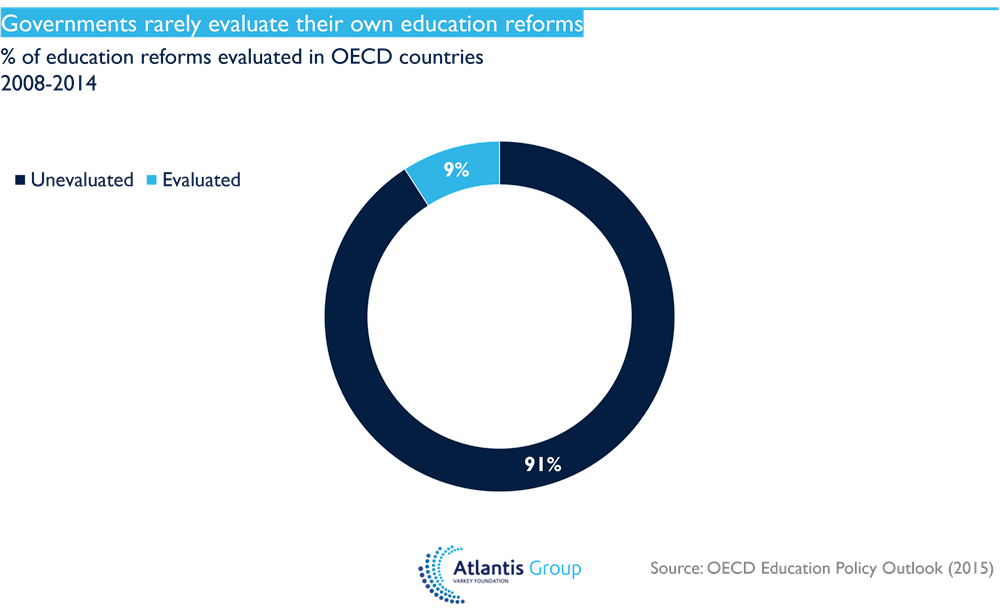
New educational technology may offer a solution. Personalized learning products, for example, may allow ministers to understand how learners across the system are keeping up with the national curricula. Digital assessments may help ministers to understand how learners behave under test conditions, and whether the tests themselves are pitched at the right level for the majority of learners. Such data can shed new light on why learners fail. As one expert in digital assessment systems put it: “The time spent just looking for what to solve becomes a scary proportion of the test time.”
In the future, many ministers of education will have access to better data on their learners than ever before. Education authorities will be able to better understand what learners know about their subjects. They will understand how learners behave under pressure. And they will see what learners do when they feel they are falling behind the curve. This, in turn, should help to inform better education policy. The digitization of education, though limited in what it can achieve in improving learning outcomes, may also help to address systemic issues more easily: textbooks can be corrected overnight, rather than taking months. A software patch, rather than a new operating system.
Truly adaptive curricula, along with systemic data-driven learning, are still many years away. They are far beyond what today’s piecemeal adoption of educational technology can deliver. But they do represent EdTech at its fullest potential. And today’s education ministers can do more to learn from the technology that’s already in use across their systems. One way would be to invite technology companies to submit key learnings as part of consultations around new national curricula.

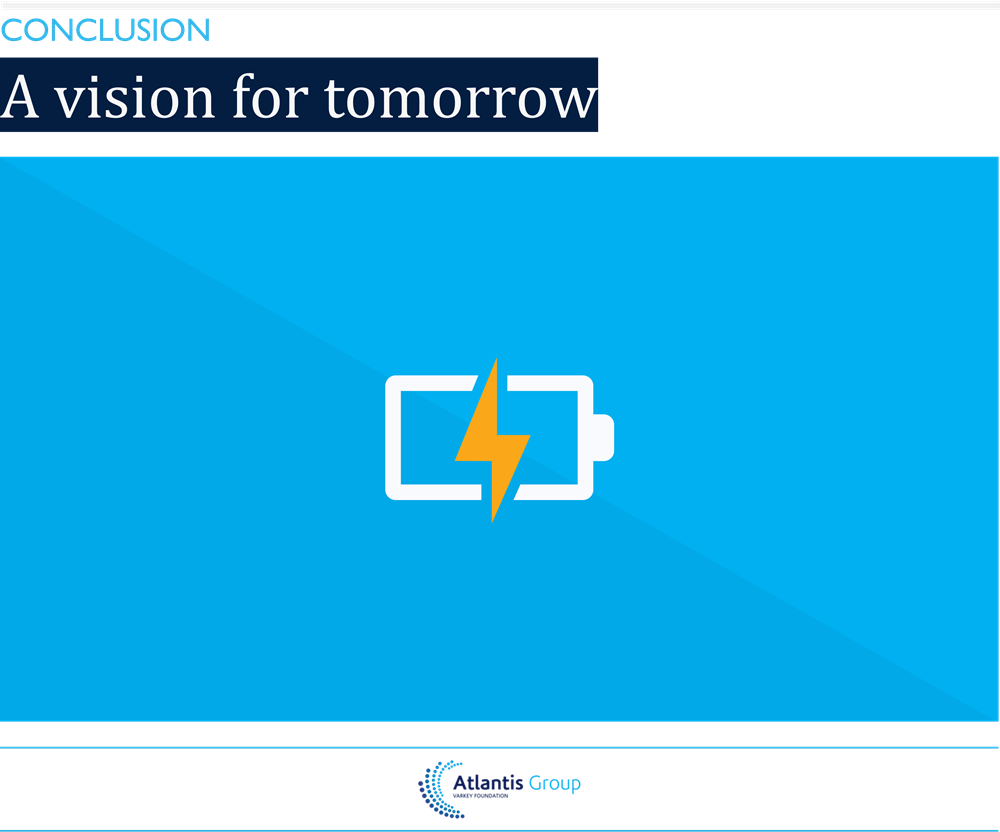
Predicting the future is notoriously difficult; preparing for it doubly so. But education ministers should also recognize that the world is turning, and things cannot stay as they are. Schools and classrooms may remain closed off from educational technology and ICT, but not teachers and learners. They are already using tech in their everyday lives to connect, talk – and learn. Technology is a fact of our everyday lives. As one Atlantis Group member reflected:
“As humanity we are amassing huge potential of power. How does this next generation use this power? This is an issue of values – something we need to imbue much more in school.”
It is self-evident that governments cannot keep their education systems closed to technology forever. That genie cannot be put back in the bottle. Instead, education ministers have an opportunity to harness technology’s potential. The alternative is to do nothing while tech continues to disrupt education with little benefit to learners or teachers alike.
The answer lies in better policy, not more hardware. Governments around the world have flooded schools with computers and other technology. But for the most part they haven’t prepared teachers or learners to use them. They have provided the equipment, but not the operating manual.
It’s hard to make coherent policy around EdTech. But there are four guiding principles that ministers should bear in mind: evidence, teachers, markets and vision. Effective EdTech policy prioritizes independent evidence about what works. It integrates tech into teaching and learning. It makes sure that the right products are reaching the market. And – crucially – it sets out a vision for EdTech across the education system.
In the long run, a culture shift is needed within governments themselves. Incremental steps are needed by education ministers to move education systems towards data-driven learning. National policymakers should work to build capacity within their education system to experiment and innovate, to better understand how teaching and learning in the classroom can be transformed. Such a model would need to put learning technologies at the centre of learning, rather than on the periphery.
Such a fundamental change can’t happen overnight. But there are a range of practical things that education ministers can do in the meantime to begin to prepare their systems to realise the potential of learning technologies.
Notes
[1] “Processing power compared: Visualising a 1 trillion-fold increase in computing performance”, pages.experts-exchange.com [accessed 29 May 2019]
[2] “Internet growth statistics”, internetworldstats.com [accessed 31 May 2019]
[3] Eg The Future of Jobs Report 2018, Centre for the New Economy and Society, World Economic Forum (2018); World Development Report 2019: The Changing Nature of Work, World Bank (2019); and Future of Skills: Employment in 2030, Pearson and Nesta (2017)
[4] Figure I.1.1, TALIS 2018 Results (Volume I): Teachers and school leaders as lifelong learners (OECD), 2019
[5] Policy Brief on the Future of Work: Skills for a Digital World, OECD (2016)
[6] More Than One-Half of Children and Adolescents Are Not Learning Worldwide, UIS Fact Sheet No. 46, UNESCO Institute for Statistics (2017)
[7] “Making Ghanaian Girls Great!”, varkeyfoundation.org [accessed 29 May 2019]
[8] See eg OECD Future of Education and Skills 2030 Concept Note, OECD (2019)
[9] “Teacher skills and motivation both matter (though many education systems act like they don’t)”, World Development Report 2018: Learning to Realize Education’s Promise, World Bank (2018)
[10] IDC Forecasts Revenues for Big Data and Business Analytics Solutions Will Reach $189.1 Billion This Year with Double-Digit Annual Growth Through 2022, International Data Corporation (2019)
[11] The Future of Jobs Report 2018, Centre for the New Economy and Society, World Economic Forum (2018)
[12] Analytics comes of age, McKinsey Analytics (2018)
[13] UIS and World Bank Join Forces to Help Countries Measure Student Learning, UNESCO UIS (2019)
[14] The right to privacy in the digital age, Report of the Office of the United Nations High Commissioner for Human Rights (A/HRC/27/37, 2014)
[15] OECD, Education Policy Outlook 2015: Making Reforms Happen (2015)


